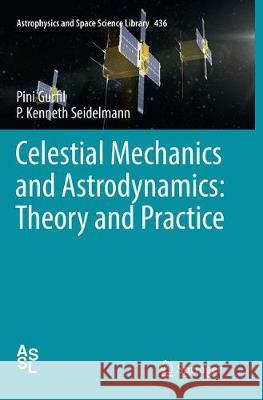Celestial Mechanics and Astrodynamics: Theory and Practice » książka
topmenu
Celestial Mechanics and Astrodynamics: Theory and Practice
ISBN-13: 9783662570548 / Angielski / Miękka / 2018 / 522 str.
Kategorie BISAC:
Wydawca:
Springer
Seria wydawnicza:
Język:
Angielski
ISBN-13:
9783662570548
Rok wydania:
2018
Wydanie:
Softcover Repri
Ilość stron:
522
Waga:
0.77 kg
Wymiary:
23.39 x 15.6 x 2.9
Oprawa:
Miękka
Wolumenów:
01
Dodatkowe informacje:
Wydanie ilustrowane











